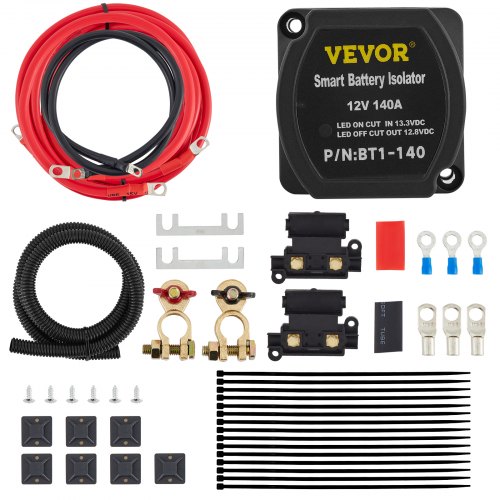

There is probably about as much mass of dust as there is of gas. This refractory (non-volatile) dust that together with gases forms first the coma and then the tail, consists of some silicate minerals and carbon rich CHON (Carbon-Hydrogen-Oxygen-Nitrogen) grains. Water vapour, carbon monoxide, carbon dioxide, and other minor components. Coma becomes larger and brighter as the comet nears the Sun, part of the coma is swept into an elongated tail. O Coma: Nucleus approaches the Sun and that warms the surface and the solid ice turns to vapour which produces an atmosphere surrounding it known as the coma. The low density suggests that comet nuclei are not solid objects O Nucleus: The nucleus is a repository of dust and frozen gases. This scenario explains most of what we see, but some regions on Triton, such as the bizarre "cantaloupe terrain", remain puzzling. Two to three billion years ago, through natural orbital evolution, Triton's orbit became circular, the tides subsided and the surface froze. Astronomers calculate that the constant pulling and relaxation of Triton would have generated enough internal heat to turn the satellite molten. When Triton reached the elliptical orbit's far end, the tides would be much weaker. Each time Triton passed close to Neptune, the tides caused by the big planet's gravity would be strongest. For the next billion years, it swung in a highly elongated orbit, crashing into any satellites Neptune originally had beyond the ones known to be near the planet. The theory suggests that Triton strayed too close to Neptune and was captured by the gravity of the more massive planet about four billion years ago. The idea is that Triton was once an independent planet of ice and rock plying its own orbit about the Sun. Weather patterns on Earth are driven from heat of Sun, but weather on Jupiter appear to be dominated by the interior.Formed by rising gas carrying heat upward from deep below the clouds and creating a vast, rotating storm. The largest dark spot is the Great Red Spot, which has been in one of the southern zones for more than 330 years.

On Earth, high and low pressure regions are bounded by high-speed wings, and the same is true on Jupiter.This explains the extensive shear and turbulence at the boundaries between these regions (see the discussion following about the Great Red Spot). Each hemisphere has around 6 bands with winds blowing at very high velocities in opposite directions. The belts and zones are the energy driving turbulence in the atmosphere.In the clouds of Jupiter lies the largest ocean in the Solar System and it has no surface and no waves. Swirling cloud belts are invisible to our eyes.The auroras on Jupiter, like auroras on Earth, occur in rings around the magnetic poles. Charged particles in the magnetosphere leak downward along the magnetic field, and, where they enter the atmosphere, they produce auroras 1000 times more powerful than those on Earth. We have seen that Earth's magnetosphere produces auroras, and the same is true on Jupiter.Most were gobbled up, but a few - their number being determined by the ratio of total mass of all satellites to the mass of the 'parent' planet - survived in fairly stable orbits.It is during this period that the planets 'adjusted' their orbits to the relatively stable sequence we see now. Some of these protoplanets may have ended up as asteroids, some may have headed straight into the Sun (perhaps bashing one of the terrestrial planets on the way), and some may have been flung straight past the Sun and out of the Solar System completely. Jupiter may just assimilate it, or it may toss it toward the Sun.



 0 kommentar(er)
0 kommentar(er)
